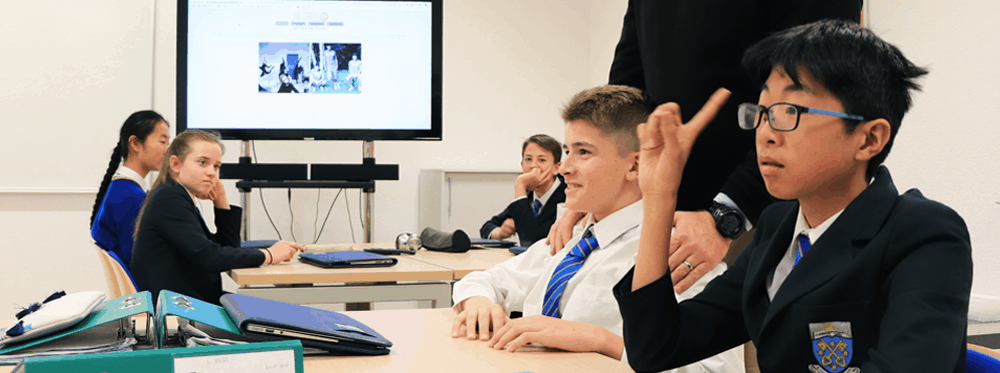The world is changing at an unprecedented pace. Technology has transformed nearly every aspect of human life—from how we communicate to how we work and learn. Some call it the Fourth Industrial Revolution, driven by artificial intelligence, biotech, and a digital economy. And while children themselves remain as curious and creative as ever, the environment they are growing up in is vastly different. It’s no longer a question of whether to change how we educate—it’s a necessity.
The Evolution of Education
Modern education demands more than just access to high-speed internet and sleek devices. While these tools are important, their true value lies in how they are used. Simply handing out tablets or laptops does little to shift learning outcomes unless they are embedded within pedagogical approaches that foster deep understanding and critical thinking.
Effective technology integration must answer the “how” rather than the “what”:
- How are digital tools enhancing collaboration and creativity?
- How is emotional intelligence being cultivated in virtual spaces?
- How are we helping students become responsible digital citizens?
- How are we equipping them with the ability to think critically and solve problems?
These are the critical questions modern educators and parents must grapple with. Technology, when used intentionally, becomes a bridge to deeper learning—not a distraction.
Learning Beyond the Classroom Walls
In today’s world, the boundaries of the classroom are dissolving. Students no longer rely solely on teachers as gatekeepers of knowledge. The internet offers unlimited opportunities for self-directed learning, and children are already using it to explore their passions. One student might learn a coding language through YouTube, while another may dive into a science concept with online simulations.
Educators must embrace this shift. The goal is no longer to deliver content but to guide inquiry, nurture curiosity, and provide meaningful feedback. Classrooms must become dynamic environments where students feel empowered to explore, question, and contribute.
Supporting Educators as Lifelong Learners
As technology evolves, so must teaching practices. Teachers need ongoing support and professional development to keep pace with educational innovation. From digital certifications to workshops on inquiry-based learning and metacognition, educators must be equipped with diverse tools and frameworks. These include:
- Blended and flipped learning
- Growth mindset principles
- Challenge-based and project-based learning
- 21st-century skills development
In a technology-rich classroom, teachers are no longer the sole experts—they become facilitators of learning, co-explorers with their students, and designers of engaging learning experiences.
Creating Responsible Digital Citizens
With great access comes great responsibility. As students navigate an increasingly digital world, they must be taught how to do so safely and ethically. Digital citizenship needs to be embedded in the curriculum, helping students:
- Understand the impact of their digital footprint
- Recognize and combat cyberbullying
- Evaluate the credibility of online sources
- Balance screen time with offline well-being
Schools and families must work together to ensure children develop the critical awareness and habits needed to thrive online and offline.
Building a Balanced and Future-Ready Learning Environment
Equipping every student with a device is a starting point—but balanced digital integration is key. Students benefit from:
- Access to personalized learning platforms
- Hands-on exploration in Makerspaces and labs
- Intentional screen breaks and device-free periods
- Physical activity, creative arts, and unstructured play
Education for the future isn’t just about preparing for careers—it’s about nurturing adaptable, compassionate, and thoughtful individuals who are ready to contribute meaningfully to a changing world.
Conclusion: Reflective, Resilient, and Ready
We are living in extraordinary times. While change can feel overwhelming, it also presents an incredible opportunity to rethink education. By focusing not just on technology but on the values and skills we want our children to develop, we can build a system that is both future-ready and deeply human. This is not about replicating the past—it’s about preparing children to flourish in a world we may not yet fully recognize. And that’s the true challenge—and promise—of education today.
